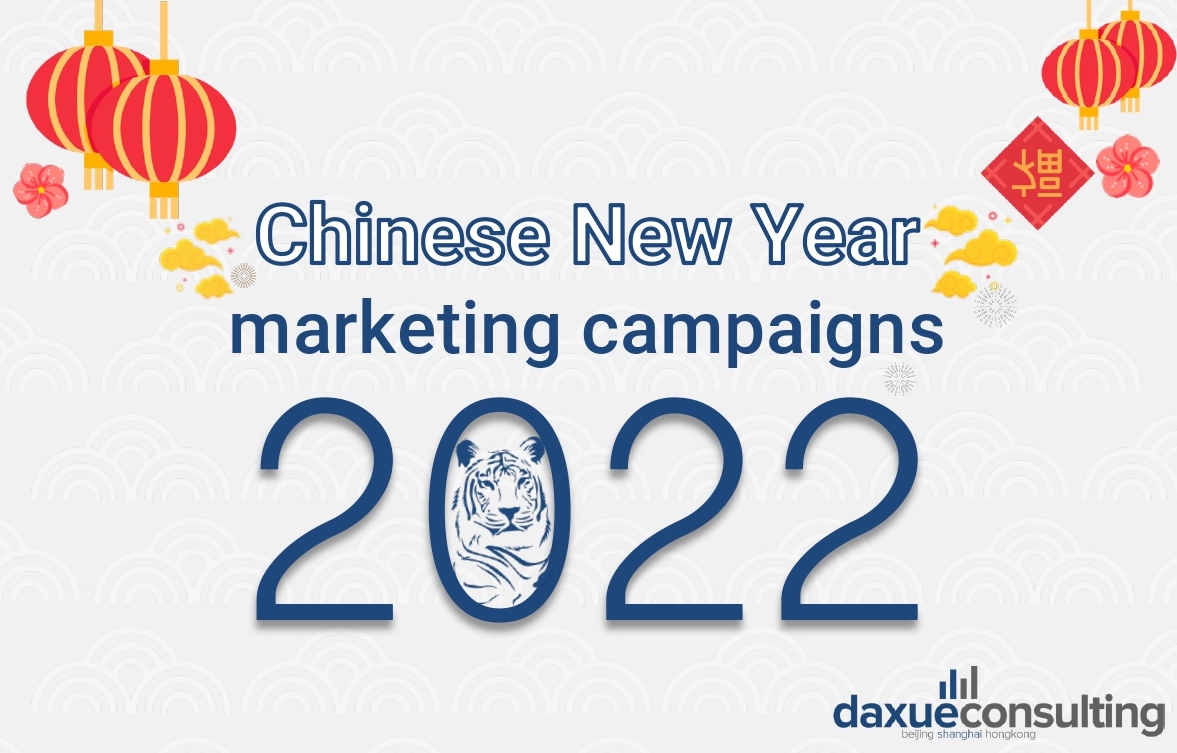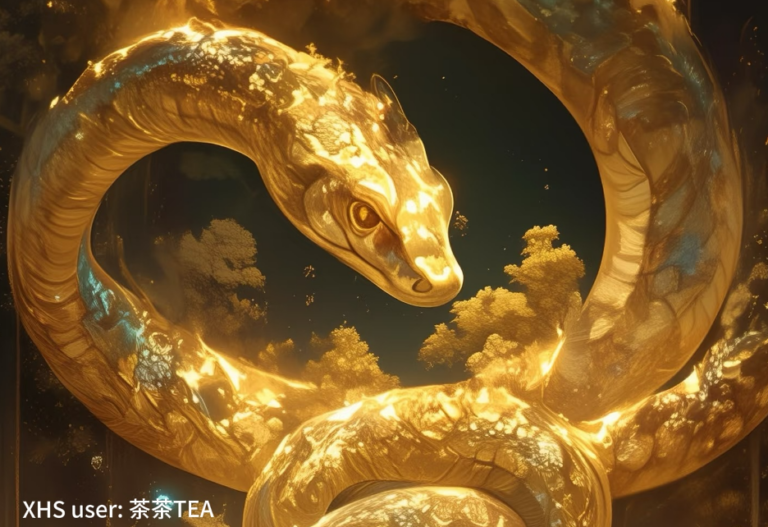Chinese New Year, also called the Spring Festival, is the most important and beloved festival in China. On this special holiday, millions of Chinese people travel, sometimes thousands of miles, to reunite and celebrate with their extended family members, with whom they feast on big banquets, shoot firecrackers, exchange red envelopes (红包), and decorate their homes with red to pray for good fortune in the year ahead. In the Chinese traditional culture, each year is associated with one of the twelve animals in the Chinese zodiac, with tiger being the sign of 2022.
While Chinese people are immersing themselves in the cheerful and light-hearted festive atmosphere, brands are leveraging this opportunity to showcase their marketing campaigns as part of their localization strategy. Our team has chosen five of our favorite 2022 Chinese New Year marketing campaigns.
Our favorite 2022 Chinese New Year marketing campaigns
Ant forest – playing the nostalgia card with a sustainable twist
In the countdown to Chinese New Year, Ant Forest, Alibaba’s tree planting initiative, released a campaign video Celebrating the Green Chinese New Year (绿色过大年) in collaboration with Shanghai Animation Film Studio (上海美术电影制片厂). The campaign video was characterized by low-carbon celebrations while reminiscing the irreplaceable childhood memories of Chinese audiences.
Monkey King (孙悟空), the Seven Fairies (七仙女), Calabash Brothers (葫芦娃) and Black Cat Detective (黑猫警长) are all household childhood cartoons for many millennials in China. Ant Forest remade those cartoons while highlighting the environmental-friendly practices. For example, Money King, one of the best-known Chinese legendary mythical characters used reusable bags when eating out instead of takeaway boxes; the seven fairies (the goddess’ seven daughters in Chinese legends) chose to take the overground instead of driving while traveling.
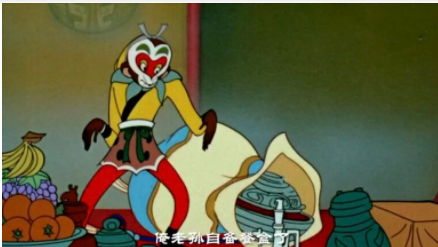
League of legends – Creative throwback to Chinese aesthetics
Riot Games (developer of League of Legends) stepped into the limelight with their creative and captivating marketing campaigns. Inspired by Jay Chou’s (周杰倫, Chinese singer) famous song ‘Blue & White Porcelain’, which contained heavy Chinese cultural elements, Riot Games debuted the ‘Porcelain Protector’ skin series in the latest patch, generating a buzz among international League of Legends fans.
The beautiful ‘Porcelain Protector’ skin set resembled traditional Chinese porcelain pottery, which was characterized by blue and white patterns (rather than the conventional red) and illustrations inspired by Chinese culture. Each element of these skins, from static portraits to animations, had a well-thought-out design. Some skins even used a majestic tiger as a totem, which was an obvious reference to Chinese New Year.

Oppo – cultural competence and artistic appeal
Oppo, the Chinese homegrown smartphone maker, captured the Chinese love for red (it is a Chinese tradition that the color red brings good luck and popularity) and draped the color into its New Year Edition Reno 7. To remind users of the year of tiger, they also etched a small tiger logo on the back panel. In addition to the Reno7, they collaborated with Zhi Yuji (a Chinese clothing brand specializing in Hanfu) and released the limited edition of gift boxes featuring the same red color. The gift box contained a Han-style outfit in Velvet Red and a tiger-shaped pillow. Both items skillfully tapped into the Guochao trend, which sees Chinese consumers favor modern products infused with Chinese culture.
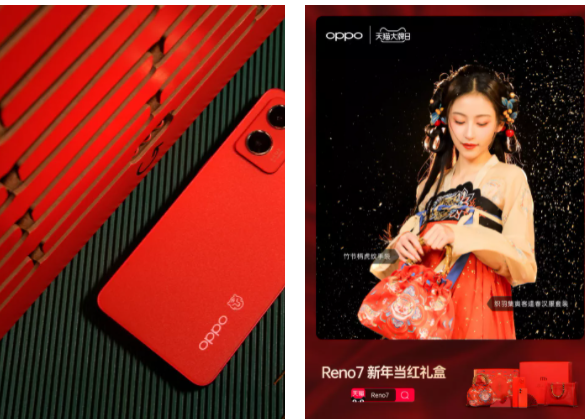
Prada – making a change for biodiversity
Being an international player, Prada is no stranger to Chinese traditions and had always been praised for its well-crafted products and campaign videos in the past. However, this year, Prada leveled up its campaign by bringing the cause of protecting wildlife and biodiversity to the front.
In the name of ‘Prada’s action in the year of the tiger’, Prada aimed to raise money for the ‘Walking with Tiger and Leopards’ program that was initiated by China Green Foundations. Another part of the campaign was that Prada was also involved in an art competition where they invited art students from Chinese universities to submit their creations under the theme of the tiger. Both events served to consolidate Prada’s brand values and endeared consumers in China who are increasingly showing concerns over environmental sustainability.
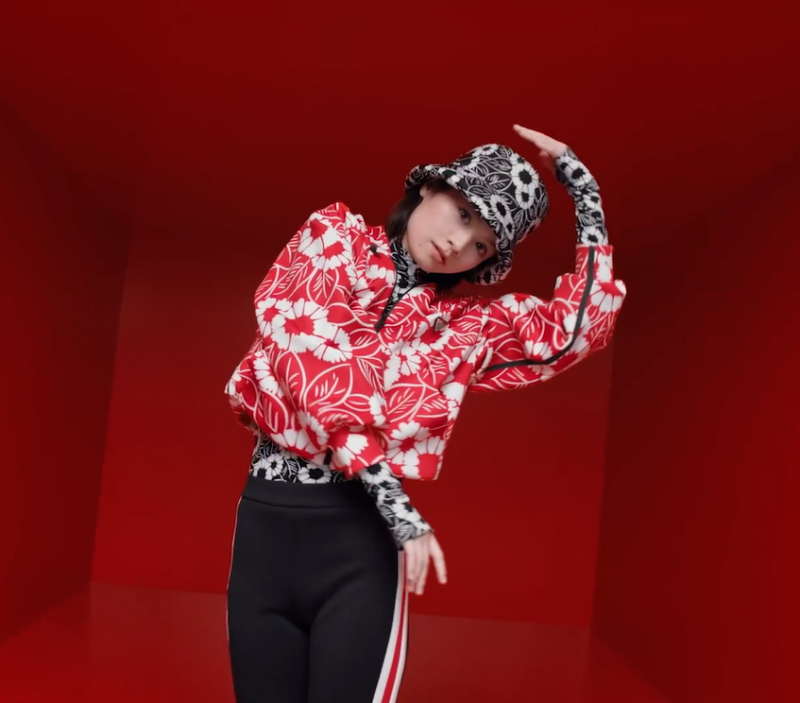
Vans – culturally charged artistic collaboration
Vans, the American manufacturer of skateboarding shoes, also received a lot of praises in this year’s Chinese New Year marketing campaign with its ‘Hungry Tiger’ series, which could be mostly attributed to its cultural competence.
In collaboration with Chinese local artists, Vans abandoned the traditional method of merely ‘packaging products with tiger motifs’ and decided to take a step further into the spirit that tigers symbolize. The ‘Hungry Tiger’ series was inspired by the well-known street artwork titled ‘Stay Hungry’, created by the young Chinese artist Chen Yingjie, who also goes by the name of ‘HuaTunan’ (画图男, directly translated as “a man who paints”). By using his artwork as the interpretation of this zodiac animal, Vans conveyed the message of always being hungry for challenges, as well as showcased the individuality and a sense of rebellion that the brand has been withholding.
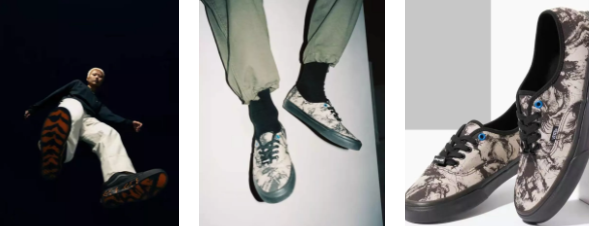
Some campaigns have been backfired
Gucci – being environmentally tone deaf
The luxury fashion house, Gucci, came under fire and got blasted on Chinese social media platforms for using real tigers in an advertising campaign ahead of Chinese New Year. China’s Biodiversity Conversation and Green Development Foundation protested the move in their Weibo post, saying that “filming real tigers for commercial use violated business ethics, encouraged illegal hunting and the trading of endangered animals”. World Animal Protection US also bashed the campaign by saying that this ‘exploits captive tigers to sell fashion’ and was ‘misguided’.
Despite the fact that Gucci shared a post claiming that a third-party animal welfare organization was on set to ensure the tigers’ wellbeing, this measure did not completely bail Gucci out from public criticism and reputation deterioration.
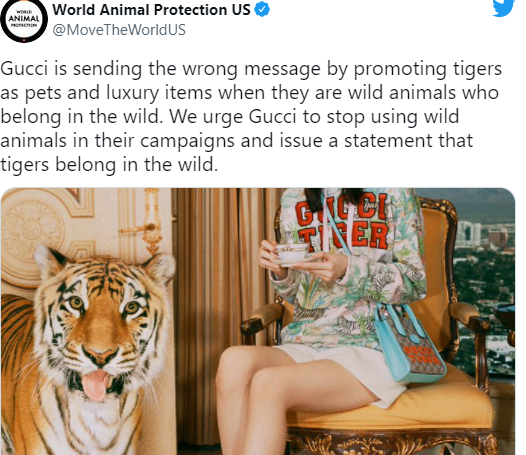
Key takeaways for brands: what can we learn from this roaring year’s Chinese New Year marketing campaigns?
- As Chinese consumers are increasingly invested in environmental awareness, brands should consider incorporating environmental-friendly elements in their campaigns rather than only focusing on visual aspects and aesthetics.
- It always helps to collaborate with local Chinese artists when curating Chinese New Year marketing campaigns, as this is the most effective way to get an insight into, and therefore shows respect to Chinese culture.
- Be aware of animal rights or business ethics violations. Although this normally happens unintentionally, Chinese consumers can often nitpick the imperfections in marketing campaigns and exaggerate the negative aspects, which result in damaging brand images and reputations.


